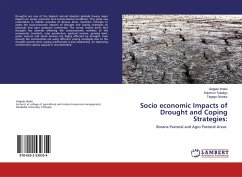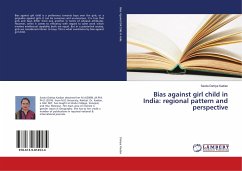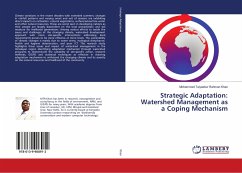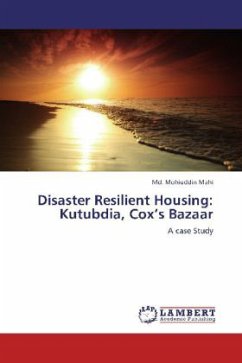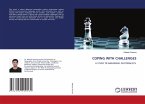Frequency and intensity of drought is not in human control but affected people can reduce their vulnerability by adopting diverse coping mechanism and resilient governance. Due to erratic behaviour of Monsoon, various regions viz., peninsular, central and the north-west regions in India are vulnerable to drought. Frequent drought in this country has compelled people to search a variety of principal and some complementary coping mechanism. Even the government has made a number of measures. However persistent vulnerability to this disaster brings in a numbers of questions in mind. How to measure vulnerability? What is the magnitude of it? How people are coping with it? How the Government s measures are effective? Where does the solution lie? This book is a humble attempt to answer these important questions.
Bitte wählen Sie Ihr Anliegen aus.
Rechnungen
Retourenschein anfordern
Bestellstatus
Storno


